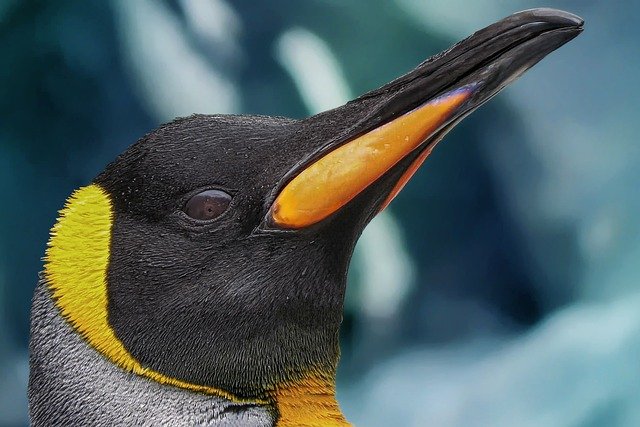**Topic: "The Social Dynamics of Penguin Colonies: Understanding Communication and Cooperation"** In this

The Social Dynamics of Penguin Colonies: Understanding Communication and Cooperation
Penguins are fascinating creatures, not only because of their unique adaptations to life in the cold but also due to their intricate social structures. Living in colonies that can number in the thousands, these birds exhibit remarkable communication and cooperation patterns that are essential for their survival. In this post, we will explore the social dynamics of penguin colonies, focusing on how they communicate and cooperate with one another.
Communication in Penguin Colonies
Vocalizations
Penguins are known for their diverse range of vocalizations, which serve as a primary means of communication within colonies. Each species has its own set of calls, and even individual penguins can have unique vocal signatures. These vocalizations are crucial for:
- Mate Attraction: During the breeding season, males and females use calls to locate and attract mates amidst the cacophony of the colony.
- Chick Recognition: Parent penguins can recognize their chicks by their specific calls, which helps them locate their offspring in crowded nesting areas.
Body Language
In addition to vocalizations, penguins use body language to convey messages. This includes:
- Posture: The way a penguin stands or moves can signal aggression, submission, or readiness to mate.
- Gestures: Wing flapping, head tilting, and other movements can communicate various emotions and intentions.
Cooperation in Penguin Colonies
Nesting and Rearing Chicks
Cooperation is vital in penguin colonies, especially during the breeding season. Many species engage in communal nesting, where multiple pairs nest in close proximity. This behavior offers several advantages:
- Protection: A dense colony can deter predators, as the sheer number of adults can confuse and intimidate potential threats.
- Shared Vigilance: While one parent forages for food, the other can stay behind to guard the nest and care for the chicks.
Foraging and Feeding
Foraging is another area where cooperation plays a significant role. Penguins often hunt in groups, which enhances their efficiency in locating food sources. This cooperative behavior includes:
- Herding Fish: Some species work together to herd schools of fish into tighter groups, making it easier for them to catch prey.
- Information Sharing: Penguins may signal to one another when they find a rich feeding area, allowing others to join in the hunt.
The Importance of Social Dynamics
Understanding the social dynamics of penguin colonies provides insight into the evolutionary advantages of communication and cooperation. These behaviors not only enhance individual survival but also strengthen the overall resilience of the colony. As climate change and human activities continue to impact their habitats, studying these dynamics becomes increasingly important for conservation efforts.
Conclusion
The social dynamics of penguin colonies are a testament to the complexity of animal behavior. Through vocalizations, body language, and cooperative strategies, penguins navigate the challenges of their environment and thrive in their communities. As researchers continue to study these remarkable birds, we gain valuable insights into the intricate web of life within these colonies, highlighting the importance of communication and cooperation in the animal kingdom.
Feel free to share your thoughts or experiences related to penguins in the comments below! 🐧

Upvoted! Thank you for supporting witness @jswit.